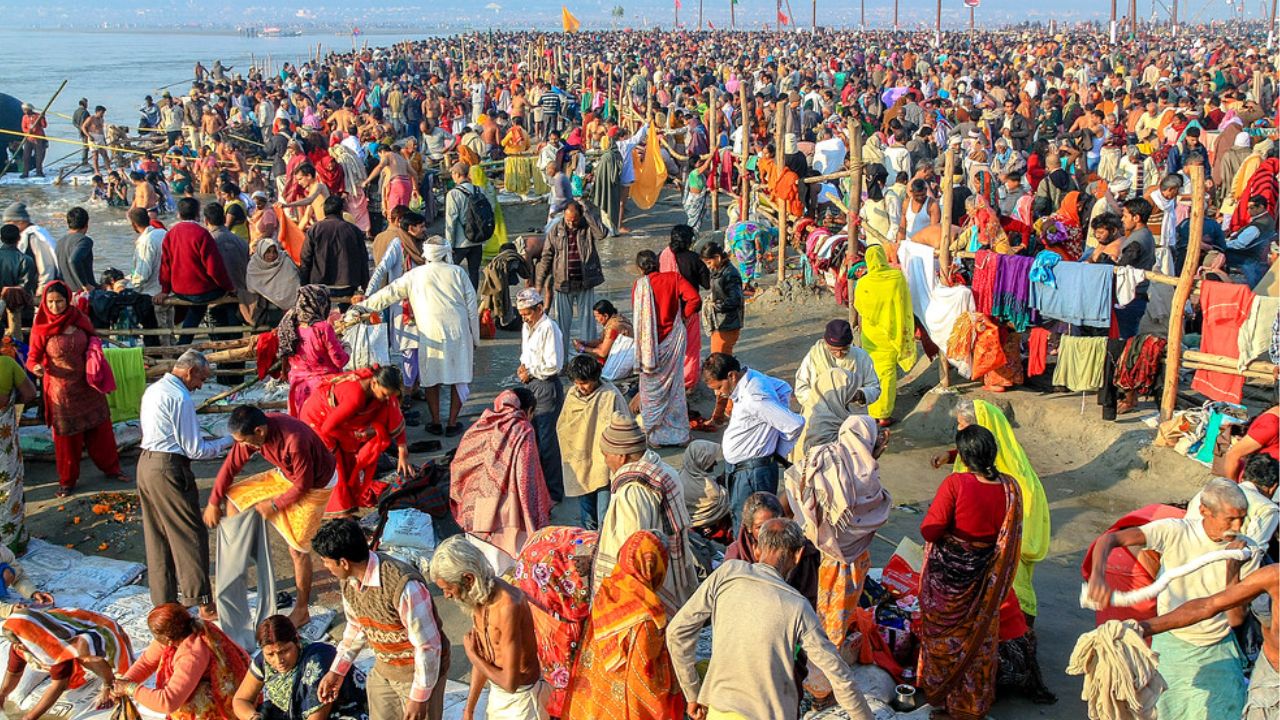As the Maha Kumbh Mela 2025 draws near, the Department of Telecommunications (DoT) has announced a comprehensive plan to enhance telecom infrastructure in Prayagraj, Uttar Pradesh, ensuring uninterrupted communication for the millions of devotees and visitors.
To support the huge influx of people, Prayagraj has undergone significant telecom infrastructure improvements. A total of 126 km of optical fibre has been laid throughout the city, strengthening the backbone of telecom services. Additionally, 328 new towers and masts have been installed, ensuring wider coverage and improved network reliability. Furthermore, 575 new Base Transceiver Stations (BTS) have been deployed, alongside the upgrading of 1,462 existing BTS units, covering all mobile technologies.
Upgraded telecom services at mela grounds
The Mela area, where the majority of devotees are expected to gather, will witness the most extensive telecom upgrades. A massive 192 km of optical fibre has been laid to provide high-speed internet and reliable communication services. Given the scale of the event, 78 transportable towers (CoWs) and 150 outdoor small cell solutions are being deployed to manage the high network demand in crowded areas. In addition, 352 new BTS units will be installed, with 50 existing BTS units receiving critical upgrades. This infrastructure push will ensure that communication remains smooth, even in the most densely packed areas of the Mela.
To further ensure connectivity beyond the Mela grounds, the DoT has focused on optimizing telecom services at key public spaces and transport hubs. Railway stations, bus stations, airports, parking spaces and highways leading to and from Prayagraj will all see network enhancements. Special attention has been given to the Green Corridor, a crucial route for traffic movement, ensuring that this high-traffic area benefits from uninterrupted telecom services.
Public convenience for senior citizen
In addition to infrastructure upgrades, the telecom industry has introduced a range of citizen-centric services. A total of 53 help desks will be set up across the Mela area, offering support for services such as reporting fraud communications, blocking lost or stolen mobiles and assisting with general queries. Furthermore, telecom towers in the region have undergone electro-magnetic radiation testing to ensure that they operate within safe limits, prioritizing public health and safety.
To enhance emergency preparedness, a Cell Broadcast Alert system and Common Alerting Protocol (CAP)-integrated platform will be used to send out emergency alerts, disaster warnings, and public safety messages throughout the Mela period. These measures aim to keep the public informed and safe in case of any unforeseen circumstances.
Three disaster management centres, operated by the four leading telecom service providers, that is, Airtel, BSNL, Jio and Vi, have been established in the Mela area. These centres will play a crucial role in ensuring effective communication during emergencies, whether natural or man-made. Equipped with the latest technology, these centres will act as a lifeline for attendees, providing the necessary communication infrastructure to respond swiftly and efficiently in case of a crisis.
The telecom infrastructure upgrades are designed not only to support basic communication but also to enhance the digital experience for millions of devotees. With mobile-based payments, digital ticketing and live streaming of religious rituals, the digital experience for Mela attendees is expected to be more engaging and accessible than ever before. The DoT’s efforts aim to ensure that attendees can remain connected, access services, and participate in the spiritual experience from anywhere within the Mela grounds.
